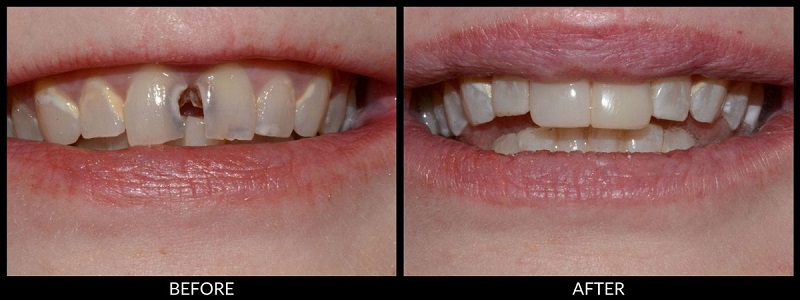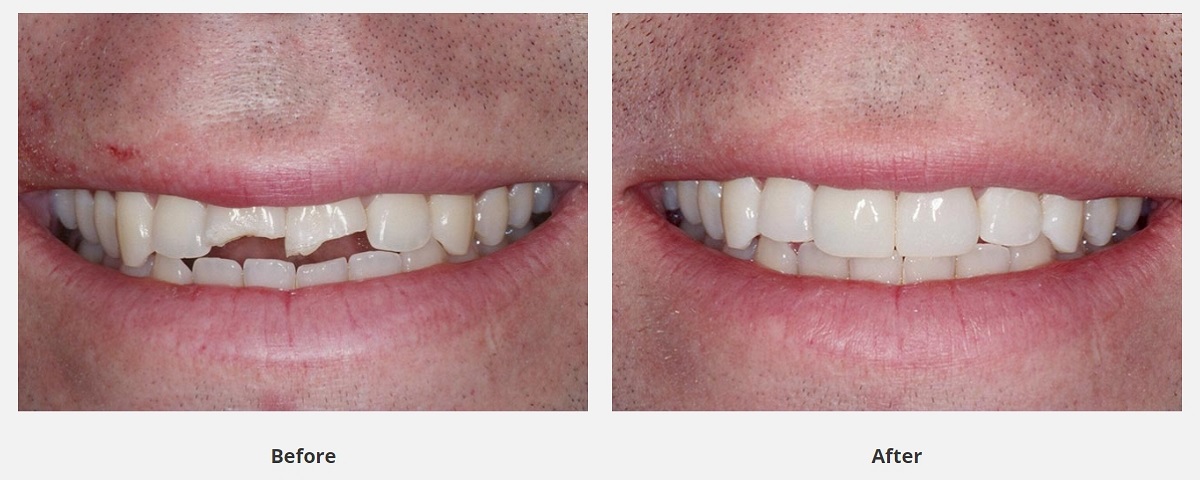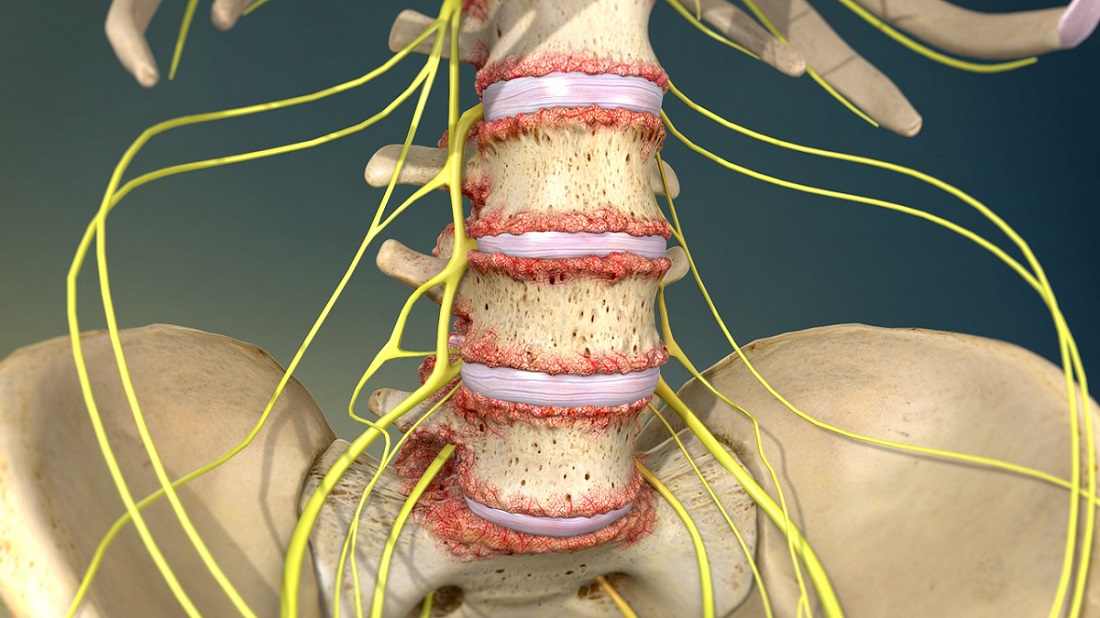Dental bonding before and after is an increasingly popular cosmetic dentistry procedure used to improve the appearance of teeth by correcting imperfections such as chips, cracks, discoloration, and gaps. The process involves applying tooth-colored resin material directly onto each surface of each tooth, which then hardens using special lighting technology and bonds securely with it.

Preparing for Dental Bonding
Prior to proceeding with dental bonding, it is crucial to consult a certified dentist. They will examine the teeth to assess whether bonding is an appropriate treatment option, while x-rays may also be taken in order to assess any underlying structures that might reveal potential issues that require intervention.
Step-by-Step Procedure
Cleaning and Preparation
To begin the tooth bonding process, the dentist will first clean and prepare the surface of each tooth by removing plaque or debris before lightly roughening its surface to help the bonding material adhere more successfully to it.
Bonding Material Application
Once the tooth has been prepared, a dentist will apply bonding material. They carefully sculpt it into place until they achieve their desired result—filling a chipped tooth or closing gaps between them.
Sculpting and Shaping
After applying bonding’s material, a dentist will use dental instruments and additional layers of material to sculpt and shape it to fit the natural contours of each tooth. This may involve adding additional layers until desired shapes and sizes have been reached.
Curing Process
After shaping the bonding material to fit correctly, it must be hardened and attached to the tooth using a special light source. This process, known as curing, typically only takes several seconds per tooth.
Advantages of Dental Bonding
Bonding dental restoration offers several distinct advantages compared to other cosmetic dentistry procedures:
Cost-Effectiveness: Bonding can often be more cost-effective than alternatives like veneers or crowns and is completed in one visit, saving time both for patients and dentists alike. Usually
Quick procedure: Bonding requires minimal tooth reduction compared to procedures like veneers. Which typically necessitates the removal of more enamel than is necessary. As a result, more natural tooth structure is preserved through bonding.
Limitations of Dental Bonding
Dental bonding can be an effective cosmetic dentistry option; however, it does come with some restrictions:
Susceptibility to staining: Bonding material may become discovered over time due to regular consumption of certain beverages and foods that discolour teeth, such as coffee, tea, or red wine.
Not as durable as alternatives: Bonding may last several years with proper care. But its durability cannot be compared to that of veneers or crowns. Therefore, it may need replacing sooner.
Dental Bonding Before and After: What to Expect
Dental Bonding Offers Immediate Results
One of the major advantages of dental bonding is its immediate results; patients can leave their dental office with transformed smiles in one visit!
Adjusting to Changes
Although dental bonding can dramatically enhance the appearance of teeth, patients may need some time to adapt. This could involve becoming familiar with how their bonded teeth feel or making minor modifications to oral hygiene routines.
Maintenance and Care Tips
To extend the longevity of dental bonding, it is crucial to adhere to certain maintenance and care guidelines:
Practice good oral hygiene: Regular brushing and flossing will help prevent staining and decay around the bonded teeth.
Avoid hard or sticky foods: As well as refraining from chewing hard objects or sticky foods. Which could potentially damage the bonding material and increase the risk of chipping or cracking.
Regular Dental Checkups: Checking with the dentist regularly allows him/her to assess the condition of bonded teeth and make any needed adjustments or repairs.
Conclusion
Dental bonding is a versatile and cost-effective cosmetic dentistry procedure that can quickly change the look of teeth. By learning about its process, benefits, and limitations. Patients can make informed decisions regarding their dental care plan to achieve a smile they’ll love.





